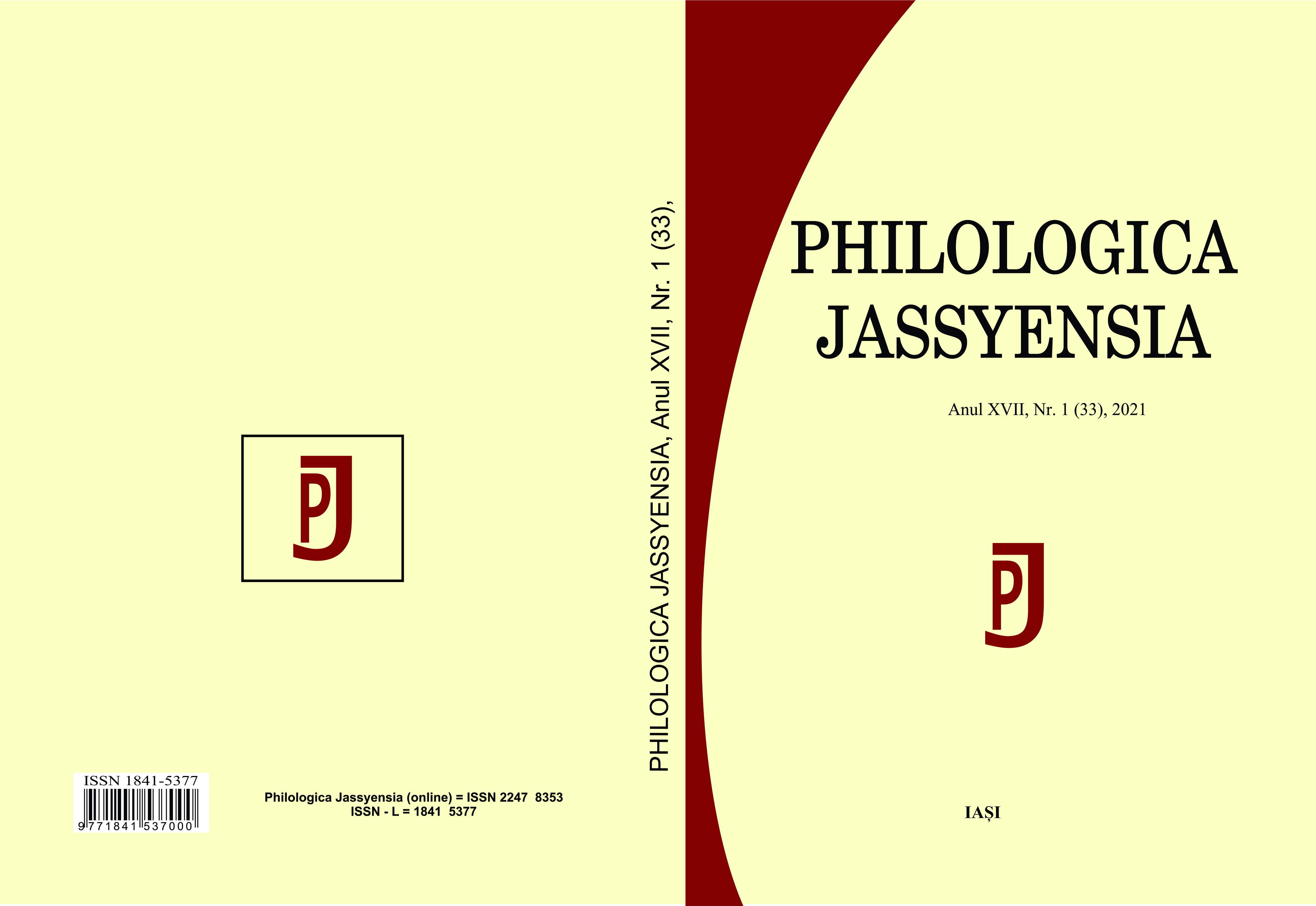Les parémies roumaines comme patrimoine culturel immatériel : enjeu de traduction de la spécificité culturelle
Romanian Paremias as an Intangible Cultural Heritage: the Challenge of Translating Cultural Specificity
Author(s): Anda RădulescuSubject(s): Translation Studies
Published by: Editura Tracus Arte
Keywords: transfer of paremias; participant; thematic; synonymic and hyperonymic techniques;
Summary/Abstract: Paremias are specific to a cultural space. They have aroused specialists’ interest because their decoding proves to be difficult for foreigners when their meaning is non-compositional, metaphorical. As an important part of the intangible cultural heritage and as linguistic elements which particularize the activities, beliefs and know-how of a community, they constitute a priceless treasure for every people. This is why their preservation becomes imperative because losing one's language is losing one's roots. Made up of elements of everyday life, some of them are common to the pan-Romanic space; others are deeply rooted in a specific culture and territory. In addition, some paremias are regional or dialectal and translators do not always find them in phraseological dictionaries. Also, there are cases when their meaning can be rendered only partially, which implies stylistic, semantic or prosodic losses. Glossaries, data-banks and indexes, heritage documentation centers are important tools that translators should have at their disposal in order to transfer their meaning.In this article we deal with the translation solutions used to restore their meaning and their prosody into the language of the Other, in order to ensure the sharing and safeguarding of the cultural specificity of each language. Our aim is to highlight their specificity and the difficulty of transferring them into another language, without too many semantic or stylistic losses. Although many paremias are almost identical in several languages, their belonging to a well-defined cultural space leads to difficulties in their decoding, sometimes even for the natives, when certain practices have disappeared or when their meaning has become opaque. We study in the first place the syntactic properties of paremias, we will then present some considerations on their lexicon and finally, the translation techniques supposed to render them as faithfully as possible in the other language. The corpus is drawn from the dictionaries of Romanian proverbs of Hinţescu (1985), Zanne (2006), Candrea (2002), Cuceu (2006) and Cărare (2003), from Gheorghe's dictionary of Roman world proverbs (1986) and from Gorunescu’s Romanian-French phraseological dictionary (2000). The structure of the paremias is easy to render in another language, because it is generally binary, composed of a subordinate and a main clause, but it can also be constituted of a simple sentence, of definitional nature. When elliptical, the message is concentrated so as to express a lot in just a few words. However, despite the similarities between languages belonging to the same family, the transfer of paremias from one language to another raises many problems for translators, because of proverbs’ intralinguistic aspects which relate to their sociolinguistic, stylistic and metaphorical nature. The translator's intervention in this situation is limited, because he is only applying a pre-established equivalence, learnt by heart or found in a bilingual dictionary (Ballard 2003 : 183). The difficulty therefore lies in the different degrees of intelligibility of a proverb, highlighted by the four techniques (participant, thematic, synonymic and hyperonymic), established by Sevilla Muñoz, 2004, which we have illustrated with sets of Romanian proverbs.
Journal: Philologica Jassyensia
- Issue Year: XVII/2021
- Issue No: 1 (33)
- Page Range: 249-256
- Page Count: 8
- Language: French

